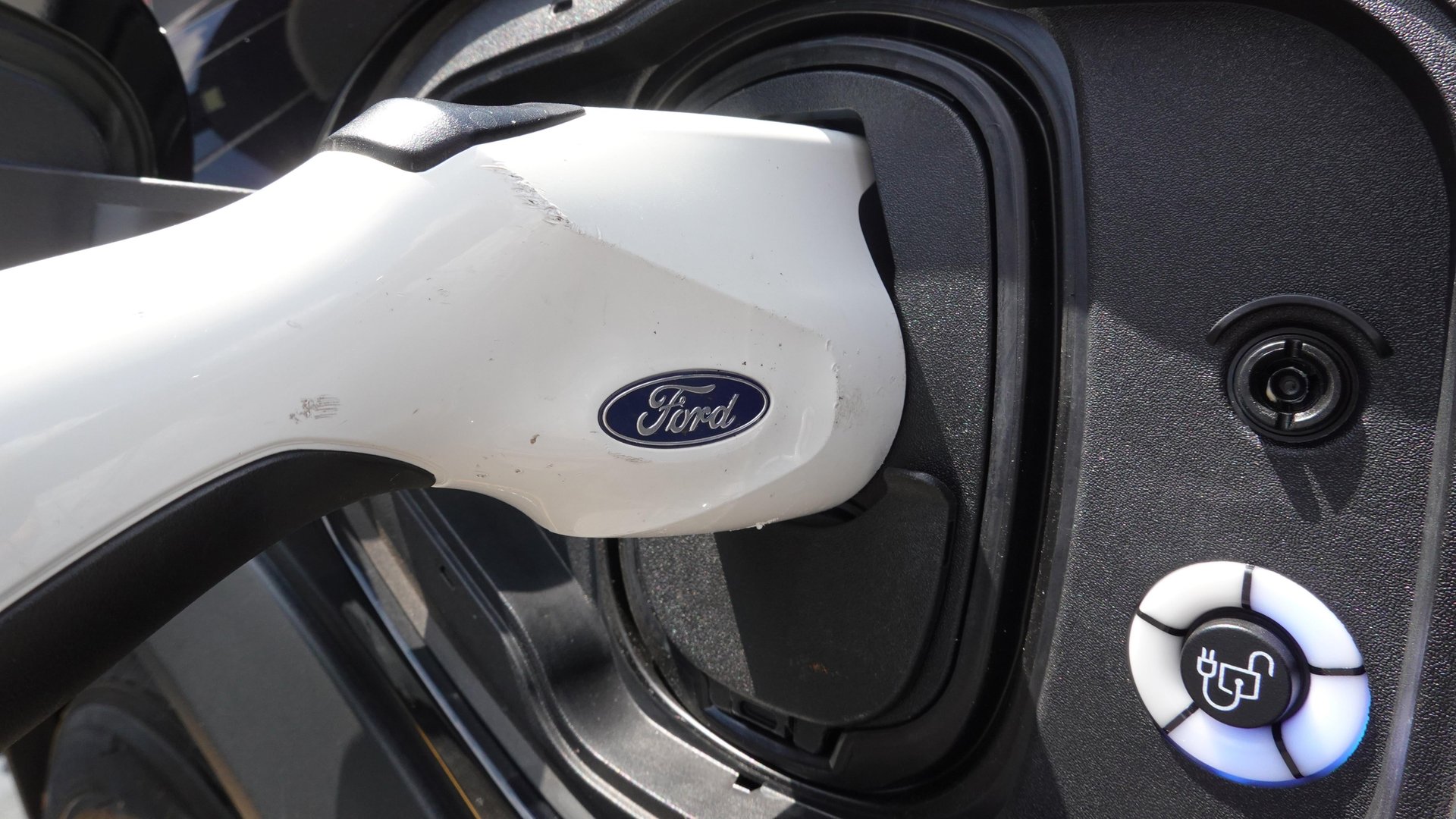Ford doesn't think EVs can make money yet
Post-gas car owners love their vehicles, but the transition is proving difficult for everyone else

There was an awkward moment on the Ford earnings call yesterday (Feb. 6). Investors are happy that the company is increasing its dividend. Revenue was better than expected at $43 billion for the quarter, even as the months-long United Auto Workers strike took a big bite out of profits (a $523 million loss, really) because dealers got less inventory and workers negotiated better pay and benefits. But there was another cause for the womp-womps: Reduced ambitions for Ford’s electric vehicle plans.
Suggested Reading
The automaker has been cutting EV prices and production because demand isn’t lining up with where expectations had been even a short while ago. With EVs making up 40% of the automaker’s capital expenditures, Ford executives laid out all the things they’re doing to bring costs in line: Battery plant construction is getting delayed in Kentucky, battery plant capacity is being reduced in Michigan, and yet another battery plant is being forgone in Turkey.
Related Content
CEO Jim Farley spent some time at the top of the call pumping up his company’s hybrid sales, which he said were up 20% in 2023 and forecast would jump another 40% this year.
‘Robust’ but not enough
Ford has long acknowledged that it was going to take time for EVs to become the profit center that they’ll have to be as the US pushes for their wider adoption, but that realization is sinking in more heavily by the day. So the company is going to squeeze whatever profits it can on the first-generation products it already has on the market. They’ll launch second-gen models “only when they can be profitable and deliver the kind of returns we want,” as chief operating officer Marin Gjaja put it.
There is a bright spot, though: EV buyers are loyal. “The EV customers are very robust... They do not repurchase ICE or hybrid vehicles,” Farley said on the call. It’s on Ford, he added, “to get the cost right.”
